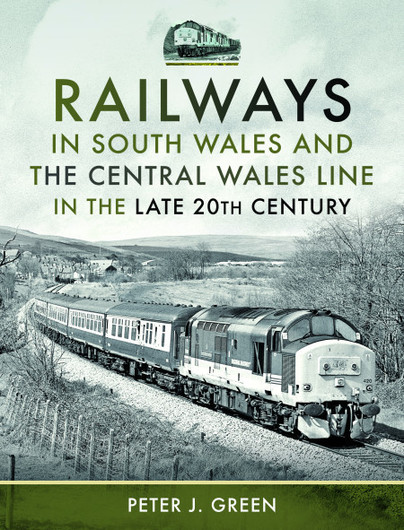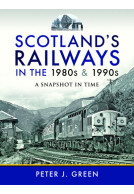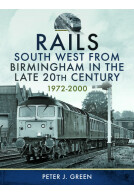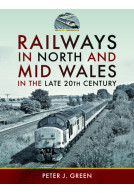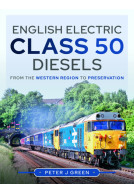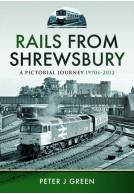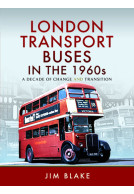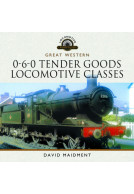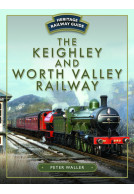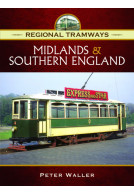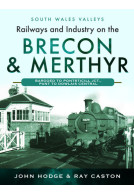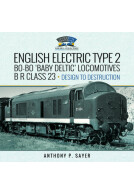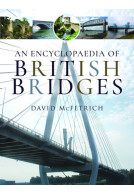Railways in South Wales and the Central Wales Line in the late 20th Century (Hardback)
Imprint: Pen & Sword Transport
Pages: 184
Illustrations: 304 mono illustrations
ISBN: 9781399086547
Published: 2nd September 2022
(click here for international delivery rates)
Order within the next 5 hours, 38 minutes to get your order processed the next working day!
Need a currency converter? Check XE.com for live rates
| Other formats available - Buy the Hardback and get the eBook for £1.99! | Price |
|---|---|
| Railways in South Wales and the… ePub (120.4 MB) Add to Basket | £15.59 |
In the early 1980s, I began to visit South Wales on a regular basis to photograph the railway scene. At that time, the collieries and steelworks were generating a lot of rail traffic with Class 37 diesels being the usual motive power.
Passenger trains were in the hands of Class 47s and 37s, while 'Peaks' and Class 50s would also appear on occasion. HSTs, DMUs, Sprinters and Pacers were, of course, also common.
As time went on, collieries closed and the coal traffic reduced, but there always something new and interesting. Rugby Internationals at Cardiff regularly produced a number of special trains which arrived from various parts of the country, often bringing interesting motive power to the Welsh capital.
The Class 37s were slowly replaced by Class 56s, and later Class 60s, on many duties in South Wales, but the Rhymney Valley saw Class 37 diesels working passenger trains into the twenty-first century, and on Rugby International days, privately-owned Class 50s were also used on occasion.
I also visited the Central Wales line a number of times and particularly enjoyed the time I spent at the small country stations, before the semaphore signals were replaced.
This book contains a selection of photographs taken in the latter part of the 20th and in the very early 21st Century, covering the railways of South Wales and the Welsh section of the Central Wales line. A few photographs of the principal heritage railways in more recent times are also included.
This latest book from Peter Green is pretty much as the title describes with lots of good quality black and white photographs of trains in the landscape and stations, plus a few images of Woodhams scrapyard and preserved steam. The strong point is that most show something of the train’s surroundings including several coal mines and the Abercwmboi Phurnacite plant with its unbelievably slender chimneys. Although I am not a fan of railway picture books, this is better than most.
Welsh Railways Research Circle Newsletter No.171, Autumn 2022
The story is told through the images and their captions, making studying the book in detail a very satisfying experience for anyone with an interest in the evolution of UK railways and the region covered in particular.
Ffestiniog Railway Magazine - Winter 22
The book is well up to Pen & Sword’s usual high standard in terms of photographic reproduction, binding quality and presentation. Altogether a very pleasing publication and thoroughly recommended
About Peter J Green
Peter J Green's interest in railways really began in 1959 during a holiday near the former Great Western main line in Devon. At first his hobby was about collecting numbers but, encouraged by his father's interest in photography, he soon began to record the general railway scene. His focus was on steam locomotives initially, but quickly expanded to include diesels, signalling and railway infrastructure. Pursuing what has been an absorbing interest, he has recorded the trains, and the railways on which they run, not only in Great Britain, but also in many other parts of the world. Today he continues to travel and photograph railways as often as he is able to do so.







